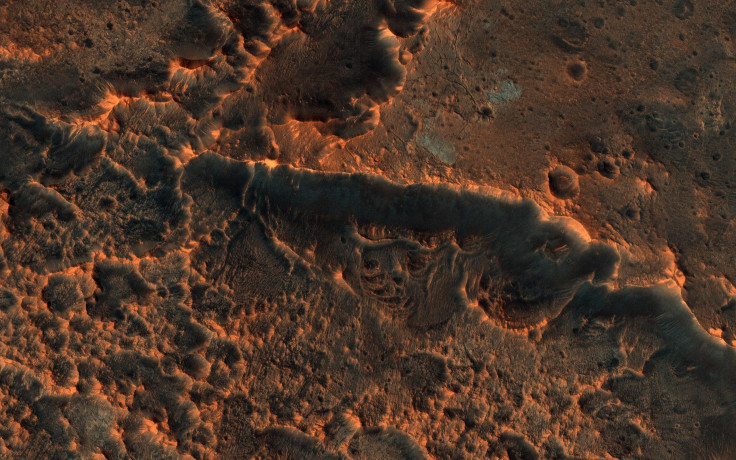ESA, NASA Unveil Three-Step Plan For Finding Mars Alien Life

KEY POINTS
- ESA and NASA will work together to collect samples from Mars
- The joint sample-return mission will involve three different steps
- The samples will be studied for traces of alien life
The European Space Agency (ESA) is preparing to execute a three-step plan with NASA to successfully return samples from Mars to Earth. The goal of the mission will be to study the samples and look for traces of alien life from the Red Planet.
The ESA has not yet designated an official name for the mission, but its initial step will involve the launch of NASA’s Mars rover sometime in 2020. The rover is expected to reach Mars’ Jezero Crater in February 2021. Upon landing, the rover will carry out various scientific activities including the collection of samples from the Martian regolith, according to an article posted on The Conversation.
Once the samples have been collected and safely stored by the rover, NASA will prepare the launch of the Mars Sample Retrieval Lander mission starting in 2026. The objective of this mission is to deploy a European-built rover that will collect the selected samples. This rover will then rendezvous with the lander and deploy a capsule containing the samples into the Martian orbit.
For the third step of the operation, the ESA will launch a return vehicle from Earth. Upon reaching Mars, it will collect the capsule floating around the Red Planet. It will then head back to Earth to release the capsule into the planet’s atmosphere. The capsule containing the samples is expected to touchdown into a desert in Utah sometime in 2031.
Once on Earth, the samples will be analyzed by scientists working with the space agencies. Their goal will be to check if the samples contain traces of alien life. They are confident that the mission will yield positive results since the collection site at Jezero Crater contains features that are believed to have been formed by flowing water on Mars. In addition, the site is rich in smectite, a type of clay that usually forms at the bottom of lakes.
Since smectite clays are known to preserve fossils, scientists are hoping that regolith samples from Mars will show signs of microbial life. If all goes well for NASA and the ESA, the upcoming three-step mission could be the first project to prove the existence of alien life on Mars.
© Copyright IBTimes 2025. All rights reserved.





















